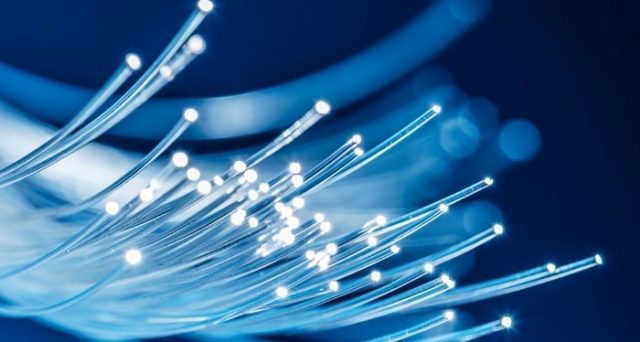
In the ever-evolving landscape of telecommunications and data transmission, the terms “optical fiber” and “optical fiber cable” are often used interchangeably, leading to confusion. However, these two components play distinct roles in the transmission of light signals. This blog aims to demystify the intricacies of optical fiber and optical fiber cable, shedding light on their unique characteristics and functionalities.
Optical Fiber
Optical fiber, at its core, is a slender, flexible strand made of glass or plastic capable of transmitting light signals over long distances. The fundamental principle behind optical fibers is total internal reflection. Light enters the core of the fiber and, due to the specific refractive index of the material, undergoes multiple internal reflections, ensuring minimal signal loss. This enables the transmission of data at incredible speeds, making optical fibers the backbone of modern communication networks.
The core of an optical fiber is surrounded by a cladding layer that maintains the light within the core by reflecting it back into the core through a process called total internal reflection. Additionally, a protective coating shields the fiber from environmental factors and physical damage. Optical fibers come in various types, each designed for specific applications such as single-mode fibers for long-distance transmissions and multi-mode fibers for shorter distances.
Optical Fiber Cable
While optical fiber forms the basis of data transmission, optical fiber cables serve as the infrastructure that facilitates the deployment and protection of these delicate strands. An optical fiber cable consists of one or more optical fibers bundled together within a protective sheath. This protective layer shields the fibers from external influences like moisture, temperature variations, and physical stress, ensuring the longevity and reliability of the optical transmission system.
The core and cladding of each optical fiber are surrounded by buffer coatings, which provide additional protection during the cable manufacturing process and handling. The assembly of multiple fibers into a cable allows for more efficient use of space and the transmission of multiple signals simultaneously, enhancing the overall capacity of the communication network.
Types of Optical Fiber Cables:
Loose-Tube Cables: These cables house individual fibers within loose tubes, providing flexibility and protection against environmental factors. They are commonly used in outdoor installations.
Tight-Buffered Cables: In these cables, each fiber is coated with a protective layer, offering enhanced durability and flexibility. Tight-buffered cables are suitable for indoor applications.
Ribbon Cables: Multiple fibers are arranged in parallel ribbons within a single cable, streamlining installation and maintenance processes.
In essence, while optical fiber forms the core technology enabling high-speed data transmission, optical fiber cables are the infrastructure that harnesses and protects these fibers. Understanding the difference between optical fiber and optical fiber cables is crucial in appreciating the complexity and efficiency of modern communication networks. As technology continues to advance, the synergy between these components will play a pivotal role in shaping the future of telecommunications and data transmission.
Contact Linden Photonics to get a quote or Call Us at (978) 392-7985
